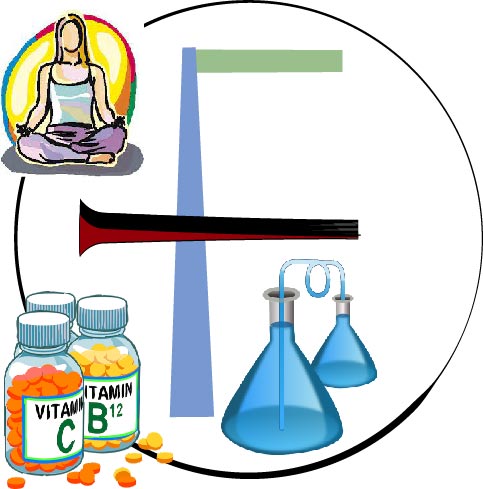Imagine you’re a detective, and your mission is to find out exactly how much of a sneaky, hidden chemical called an “oxidizing agent” is present in a mysterious solution. You can’t see it, you can’t smell it, but you know it’s there, lurking.
Your secret weapon in this investigation is a titration. Think of it like a carefully controlled pouring game.
Here’s the story of Iodometry:
Chapter 1: The Invisible Culprit (The Oxidizing Agent)
You have your sample, the “crime scene” containing the unknown amount of oxidizing agent. This agent is very good at taking electrons from other chemicals – it’s an electron thief! Examples of these culprits could be things like hypochlorite in bleach, or copper ions in a solution.
Chapter 2: Calling in the Witness (Iodide Ions, I⁻)
To expose the culprit, you introduce a trusted witness: iodide ions (I⁻), usually from a solution of potassium iodide (KI). These iodide ions are very willing to give up electrons.
When the iodide ions meet the oxidizing agent, a chemical reaction happens. The oxidizing agent, being the electron thief, snatches electrons from the iodide ions. In doing so, the iodide ions get “oxidized” and transform into something new: molecular iodine (I₂).
The Crucial Detail: For every certain amount of the oxidizing agent present, a proportional amount of molecular iodine is produced. This is key! You can’t see the original culprit, but you can see its “fingerprint” – the iodine it leaves behind.
Chapter 3: The Chameleon Clue (The Starch Indicator)
Now you have molecular iodine (I₂), but it’s often a yellowish-brown color, which can be hard to see clearly, especially when it’s dilute. So, you bring in a special “chameleon” friend: starch indicator.
When starch comes into contact with molecular iodine, something magical happens! They form a deep, intense, unmistakable blue-black color. This is your visual signal, your “aha!” moment.
Chapter 4: The Neutralizer (Sodium Thiosulfate, S₂O₃²⁻)
You’ve got the blue-black color, meaning iodine is present, which means your original oxidizing agent was there. Now you need to quantify how much iodine was produced, which will tell you how much of the original culprit was present.
You introduce your “neutralizer” or “remover”: a precisely measured solution of sodium thiosulfate (Na₂S₂O₃). You know exactly the concentration of this solution – it’s your “standard solution.”
You slowly, drop by drop, add the sodium thiosulfate solution to your blue-black mixture.
Chapter 5: The Disappearing Act (The Titration)
As you add the sodium thiosulfate, another reaction occurs. The thiosulfate ions react with the molecular iodine, turning the iodine back into colorless iodide ions.
The Magic Moment: The Endpoint!
You keep adding the sodium thiosulfate, swirling your flask. As the iodine disappears, the deep blue-black color starts to fade. You watch carefully, drop by agonizing drop.
Suddenly, with the addition of just one more drop of sodium thiosulfate, the last trace of the blue-black color vanishes completely, leaving a clear or very pale yellow solution. This is your endpoint!
Chapter 6: The Calculation (Unmasking the Culprit’s Quantity)
At the endpoint, you know that all the molecular iodine that was produced has now reacted with the sodium thiosulfate.
Because you know:
* The exact concentration of your sodium thiosulfate solution.
* The exact volume of sodium thiosulfate solution you added to reach the endpoint.
You can use simple stoichiometry (the chemical “math”) to calculate:
* How many moles of sodium thiosulfate reacted.
* From that, how many moles of molecular iodine were present.
* And finally, from the amount of iodine, you can determine the exact amount (concentration or quantity) of the original oxidizing agent that was lurking in your sample!
In essence, Iodometry is a clever two-step detective process:
* Indirect Measurement: You don’t directly measure your oxidizing agent. Instead, you make it react with iodide to produce iodine, which you can measure.
* Volumetric Quantification: You then use a precisely measured solution (sodium thiosulfate) to “titrate” (react with) that produced iodine, and the volume you use tells you how much iodine was there, and therefore how much of your original “culprit” was present.
It’s a beautiful example of how chemists use indirect methods and precise measurements to uncover the hidden secrets of chemical solutions!

